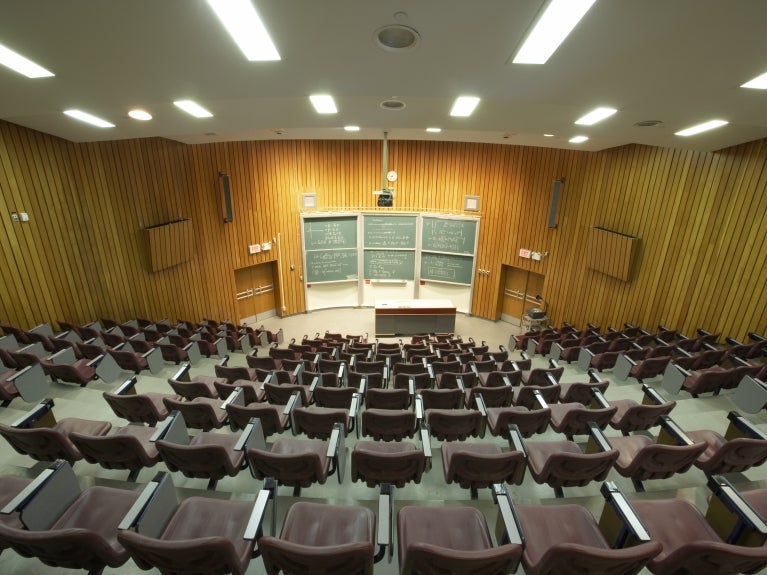School Districts’ Challenge to EIR Based on Inadequate School-Facilities Funding was Speculative

The Court of Appeal rejected a challenge by two school districts to a specific plan EIR, finding the districts' claim that the EIR should have analyzed off-site impacts resulting from inadequate school facilities to be speculative.
Santa Rita Union School Dist. v. City of Salinas, 94 Cal.App.5th 298 (2023).
The City approved a specific plan covering approximately 800 acres in the northern portion of the City. The Plan contemplated 4,340 new residential units as well as mixed-commercial uses, parks, open space and schools to address projected increases in student population resulting from the new housing. The EIR for the Plan addressed anticipated off-site impacts from development of schools on the sites designated in the Plan.
Two school districts challenged the EIR, contending that because of insufficient school-facilities funding over the 20 to 30-year life of the Plan, the new schools contemplated by the Plan would likely never be built, and the EIR improperly failed to address indirect, off-site environmental impacts resulting from the districts having to use other means to accommodate student growth.
The court concluded that the EIR complied with CEQA. In preparing the EIR, the City was required to assume that all elements of the Plan would eventually be built, and the EIR properly assumed that the contemplated new schools would be constructed. The City also provided project-level mitigation measures for non-school physical impacts from construction of these facilities, including air quality, traffic and noise, recognizing that the districts themselves would need to address any project-specific impacts.
The districts' challenge assumed that sufficient funding over the next two to three decades for construction of the new schools was uncertain and that the districts might ultimately need to accommodate the additional students through one or more alternative means such as installing portable classrooms, expanding unspecified existing facilities, constructing new facilities and/or bussing unidentified numbers of students to other districts. These alternative means were alleged to cause traffic, noise, air quality, and other off-site environmental impacts.
The court held that the City was not required to analyze any potential off-site impacts of the "ill-defined, uncertain, generalized, and speculative alternatives to new-school construction . . . offered by the Districts." The districts' concerns about inadequate funding were based on the manner in which schools are currently funded, and their assumptions about a perennial lack of sufficient school-facilities funding over the life of the Plan, without providing more detailed information or identifying a more specific alternative plan to address this possibility, amounted to no more than speculation. Under CEQA, evidence of environmental impacts must be founded on facts, reasonable assumptions based on facts, and expert opinion supported by facts. The vague generalities proffered by the districts did not meet this threshold, hence no further environmental review or response from the City was required.
Print and share
Authors
Topics
California Land Use & Development Law Report
California Land Use & Development Law Report offers insights into legal issues relating to development and use of land and federal, state and local permitting and approval processes.
